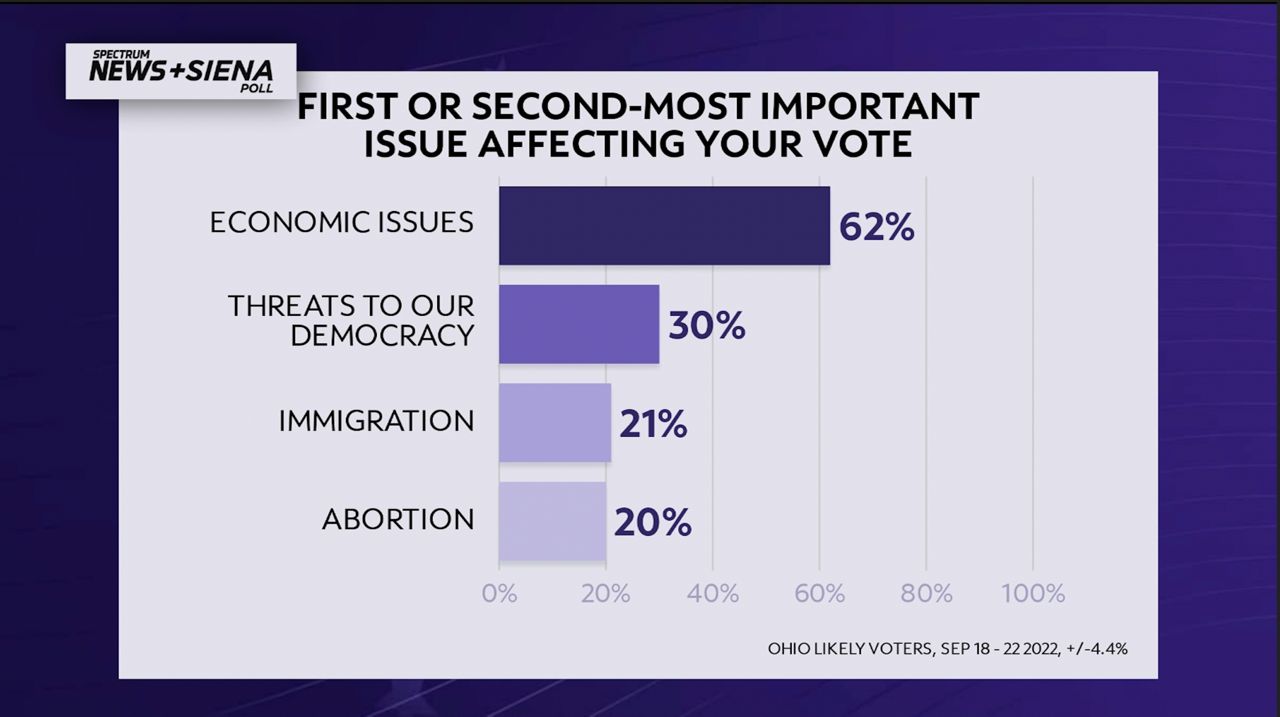As Hurricane Ian moves up the eastern coast of the United States, a new study found hundreds of coastal hospitals are at risk of flooding from similar weather events – which are only expected to increase as climate change continues to stir up more hurricanes and sea level rise.
The study, published Thursday in the online journal GeoHealth, was a collaborative effort between scientists at the Harvard T.H. Chan School of Public Health, the Boston University School of Medicine Department of Family Medicine and policy research institute PSE Healthy Energy.
Researchers examined 682 acute care hospitals located within 10 miles of the Gulf Coast – which includes Texas, Louisiana, Mississippi, Alabama and Florida – as well as along the Atlantic Coast, which stretches from Florida’s eastern shore up to Maine. The study examined several factors that could lead to flooding, including sea surge hazard maps using the Sea, Lake and Overland Surges from Hurricanes model from the National Weather Service of the National Oceanic and Atmospheric Association, inundation analyses, hurricane landfall probability, regional flooding analyses and road inundation probabilities for streets surrounding hospitals.
The study found that of the 78 metropolitan areas studied, 25 have “half or more of their hospitals at risk of flooding” from relatively weak storms, as low as a category 2 hurricane. In at least 18 metropolitan areas, half of the roads within one mile of hospitals were at risk of severe flooding from the same level of storm.
Those risks are compounded further with rising sea levels, researchers noted. Recent data from NOAA shows there will be approximately two feet of sea level rise along U.S. coastlines due to current emissions levels, with a further sea level increase of up to five feet by 2100 should emissions not be curbed dramatically.
Even a sea level increase of 2.69 feet, researchers wrote in Thursday’s paper, would increase the odds of hospital flooding across the board from any category hurricane, though certain areas – like Baton Rouge, Louisiana and Virginia Beach, Virginia – would be at higher risk of flooding than others.
The ten metropolitan areas with hospitals at the highest risk of flooding from category 2 hurricanes, per the survey, are:
- Miami-Fort Lauderdale-West Palm Beach (Florida)
- New York-Newark-Jersey City, (New York, New Jersey, Pennsylvania)
- Boston-Cambridge-Newton, (Maine, New Hampshire)
- Orlando-Kissimmee-Sanford (Florida)
- New Orleans-Metairie (Louisiana)
- Tampa-St. Petersburg-Clearwater, (Florida)
- North Port-Sarasota-Bradenton (Florida)
- Jacksonville (Florida)
- Cape Coral-Fort Myers (Florida)
- Philadelphia-Camden-Wilmington, (Pennsylvania, New Jersey, Delaware, Maryland)
“We now have a better sense of which hospitals are likely to flood from a hurricane today and those that need to prepare for greater risks in the future,” senior author Dr. Aaron Bernstein, Interim Director of Harvard Chan C-CHANGE, wrote in a statement. “Hurricanes are expected to get more severe and may strike regions further north than in the past due to climate change. […] we must act now, before disaster strikes.”
The real-world implications of Thursday’s study are already being felt in Florida, which has been battered by the monstrous category 4 Hurricane Ian this week. Many of the hospital systems included in the report are being tested by Ian’s strength.
Hundreds of hospital patients were being evacuated from facilities across the Fort Myers region Thursday after damage from Hurricane Ian cut off water supplies. One area hospital began assessing the full damage from ferocious winds that tore away parts of its roof and swamped its emergency room.
Other health care systems in Ian’s path, from the state’s Gulf coast to the Atlantic, were also moving patients because of flood waters.
Even as the problem was too much water in much of the state, at least nine hospitals in southwest Florida had the opposite problem.
“We have one large health system in southwest Florida that is without water in all of their facilities. And so they are fast approaching a point where they will not be able to safely take care of their patients. So that is an urgent focus to get those patients transferred,” said Mary Mayhew, the president of the Florida Hospital Association.
Mayhew said more 1,200 patients were being evacuated.
Meanwhile, other hospitals could find themselves further strained, she said.
“There is considerable effort underway to rescue individuals who also will need medical care. And to identify hospital beds available either in the region or elsewhere,” she said.




